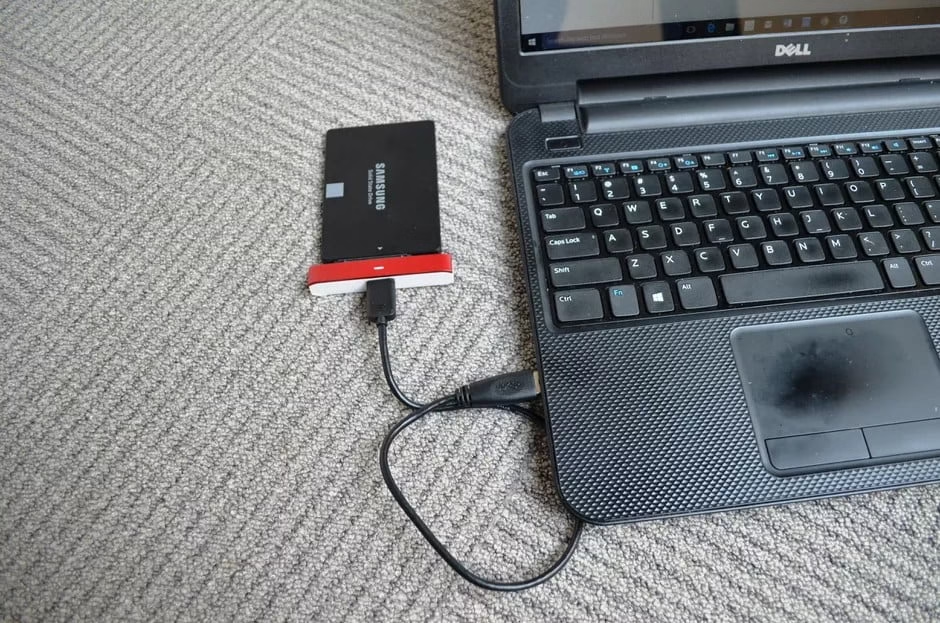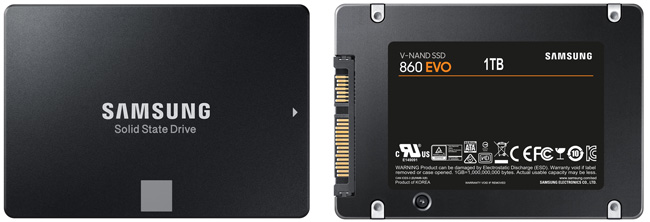
Find the simplest way to use the Samsung Data Migration Software, here!
Solid State Drives(SSD’s) have lately turned into a mass-market, thanks to the steeply reducing prices and the increased storage efficiency.
Now, if you have got your new SSD and are wondering how to migrate the Windows 10 OS along with all programs and files to the new SSD, then like me, re-installing everything from scratch would be the last thing on your mind! So, let me let you that one best feature of Samsung SSD’s that sets it apart, is Samsung’s Data Migration Software.
It implies that you can boot Windows from the Samsung SSD right after the completion of the migration process. Once booted, you can access all installed programs, documents, files, and other data as if you were still running the old drive. So let’s get started and migrate together.
Samsung Data Migration Software is a wonderfully smart tool that can make the migration process from current HDD or SSD to your new one, simple and hasslefree! This software, further allows you to clone the large data into a comparatively smaller Samsung SDD, without losing a single bit of data, in the overall process.
How to perform the Samsung Data migration on the first go?
Step 1:
The very first thing you will have to do is to download and run the Samsung Data Migration software from the Samsung SSD website.
Available in different language interfaces, Samsung Data Migration Software comes with a handy user guide that details the procedure neatly. See to it that you update to the latest version of the program and then run the installation process.
Step 2:
Put your new SSD drive in a USB hard drive case and then connect it to your PC.
Once you are ready with this arrangement then click on the start button in the interface. Samsung Data Migration Tool automatically selects the current Windows drive as the source disk and the connected new Samsung SSD as the source drive. In case you have multiple SSD’s installed, then make sure the right one is set as the target disk.
Step 3:
Now, is the time to verify the system, so as to perform the program on the first go, as I mentioned already. Just do the system check thoroughly. Make sure that the below checklist is all ticked before you proceed. The checklist includes disabling all unnecessary programs running in the background and running the command prompt.
3.1 Open a command prompt as administrator and run chkdsk
3.2 Run chkdsk /f if any errors are found
3.3 Close any cloud backup software such as Dropbox
3.4 Close any messenger software such as Skype
3.4 Close all programs other than Samsung Data Migration
3.5 Enter Airplane Mode
3.6 Disable your antivirus software until after the next reboot
3.7 Check the source and target disk are correct in Samsung Data Migration then start the migration.
It will throw you a warning reminding you that all data on the Target Disk will be deleted and the so deleted data cannot be recovered. Also, files on the Source Disk that are open cannot be cloned.
Step 4:
Once, the migration is successfully done, you will see the utility showing you a message with the display suggesting that the data on the Source Disk has been successfully cloned to Samsung SSD, as shown in the below image. Quit the program. Make sure that you shut down the system, as soon as the migration is completed
Step 5:
Physically replace the old disk with the new one.
Step 6:
Power on the system. Check all programs, including the temporarily disabled ones like the antivirus is running, as earlier.
Step 7:
Take the system out of airplane mode.
And there you go! Ready with the new Samsung SSD for faster and spacious performance.
A great alternative to the Samsung Data Migration Software is the AOMEI Partition Assistant Professional. If by any chance, you happen to fail using the Samsung Data Migration Software, then using this software to clone hard drive to SSD in Windows 10 is another good approach. This is also a great hard disk partition manager that supports you to manage partition on a hard drive better and can help you fix errors that would cause Samsung Data Migration cloning failed. Get the AOMEI Partition Assistant Server here, just that it is not a free software like the Samsung Data Migration Software!

Now, replacing your existing hard drive with an SSD is the most easy and cost effective way of making a slow system faster. Making such a swap will, in most cases, dramatically reduce the time taken to boot Windows, thereby turning your old computer to a better new one! It will reduce the time taken in loading programs, and performing activities that involve significant amount of disk access like transferring files, video editing, gaming, etc. An SSD benefits with added advantage of greater ruggedness as SSDs are much less susceptible to damage from drops than hard drives because they have no moving parts. SSD’s also support better battery life and quieter operations.
Hope, this works wonders with your system performance, too!